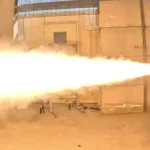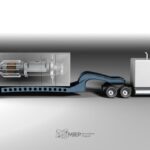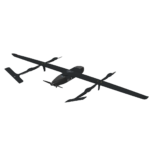
The Senate Appropriations Committee on Thursday approved its version of a spending bill for the Department of Homeland Security with controversial provisions for spending on a border wall and an increase in immigration detention beds that are rejected by almost every Democrat in Congress, prompting Committee Chairman Richard Shelby (R-Ala.) to warn of a potential full-year continuing resolution unless Democrats and President Trump can resolve their differences over border security. Highlighting that there is still work to be done by…

 By
By 











